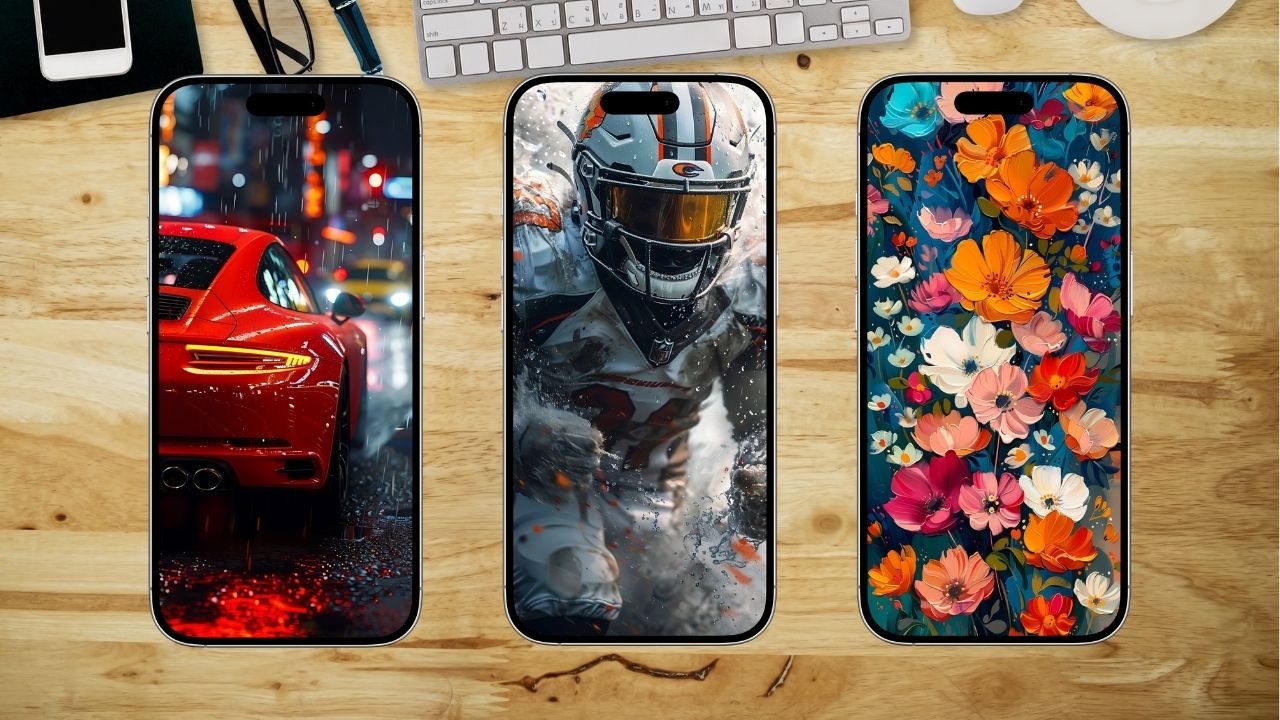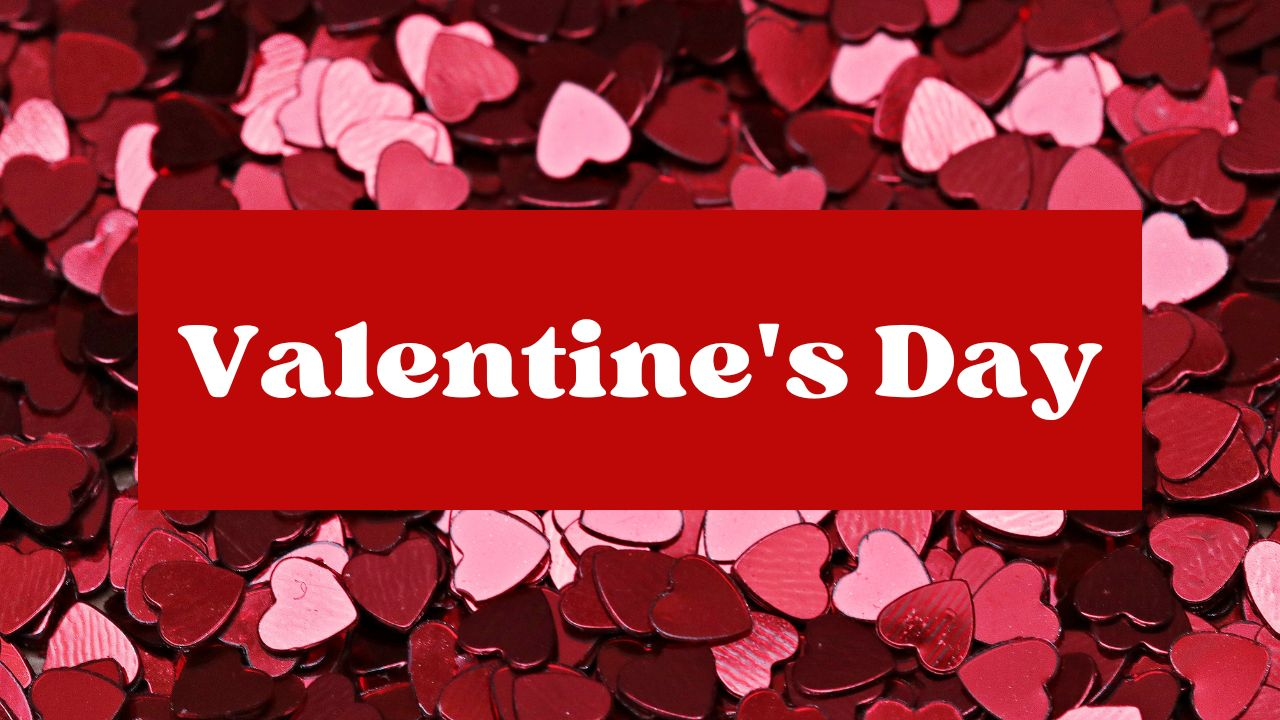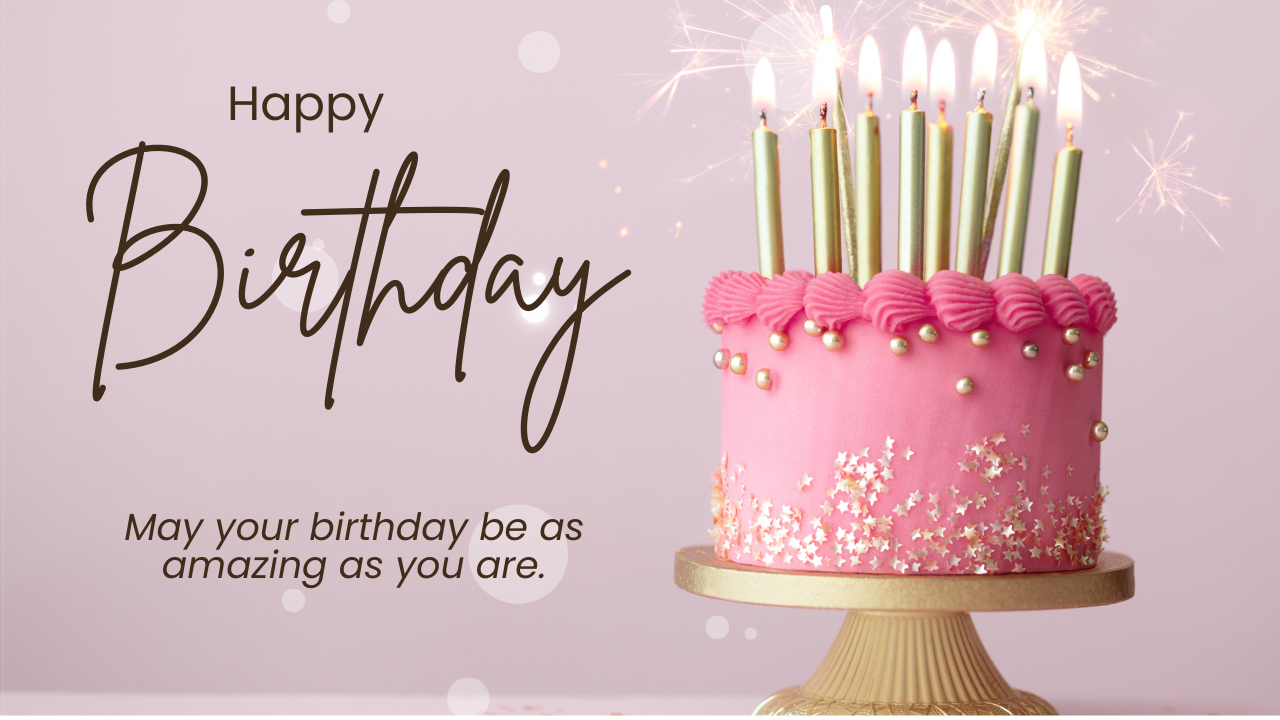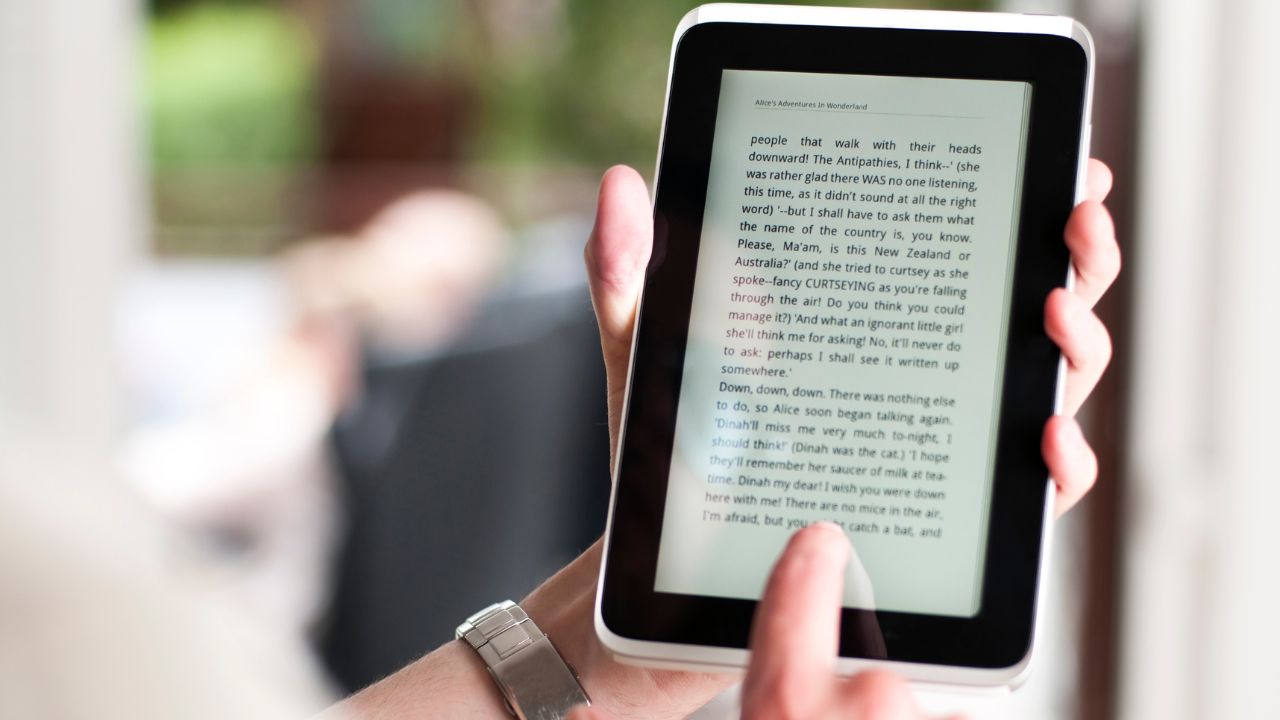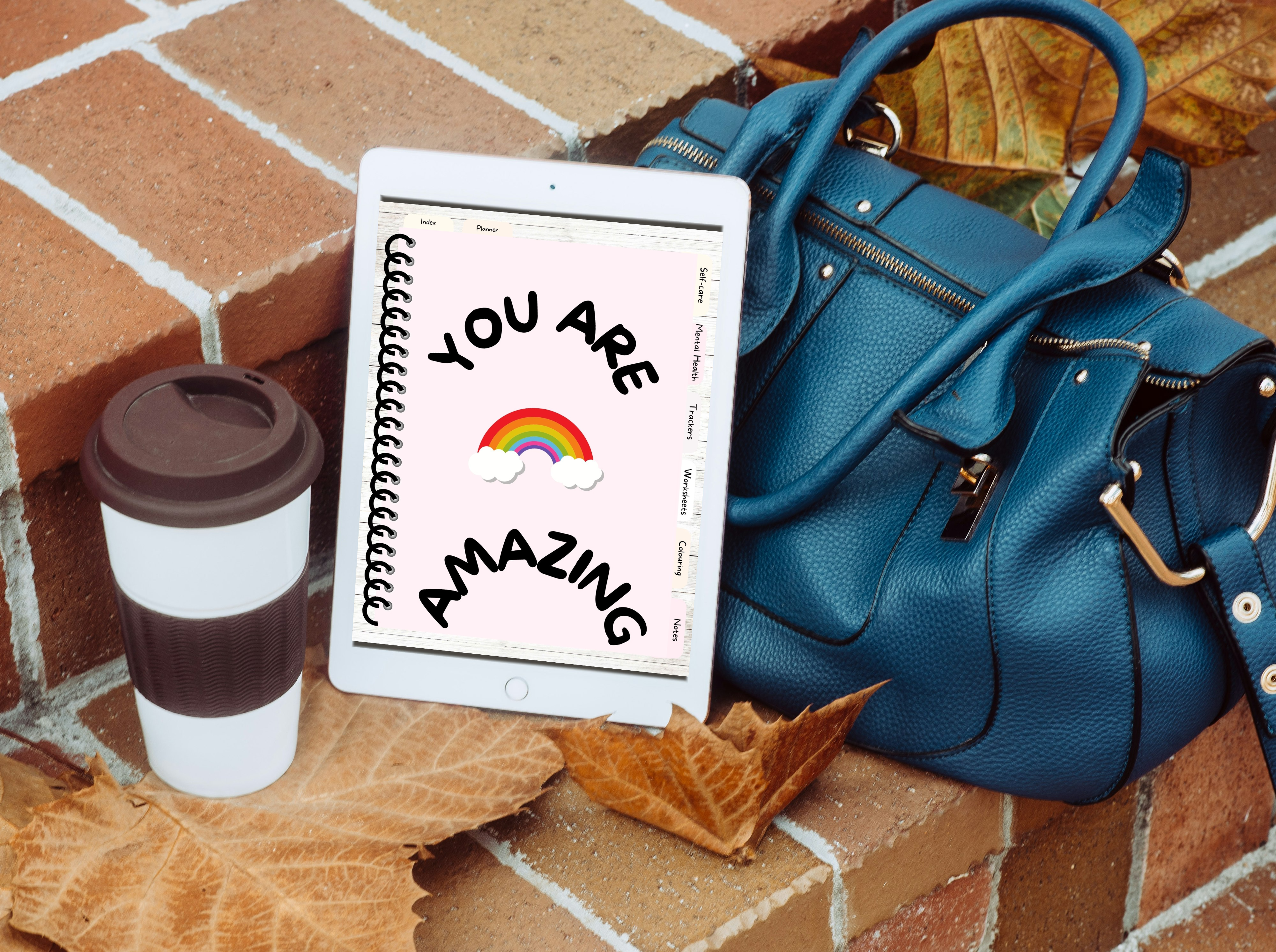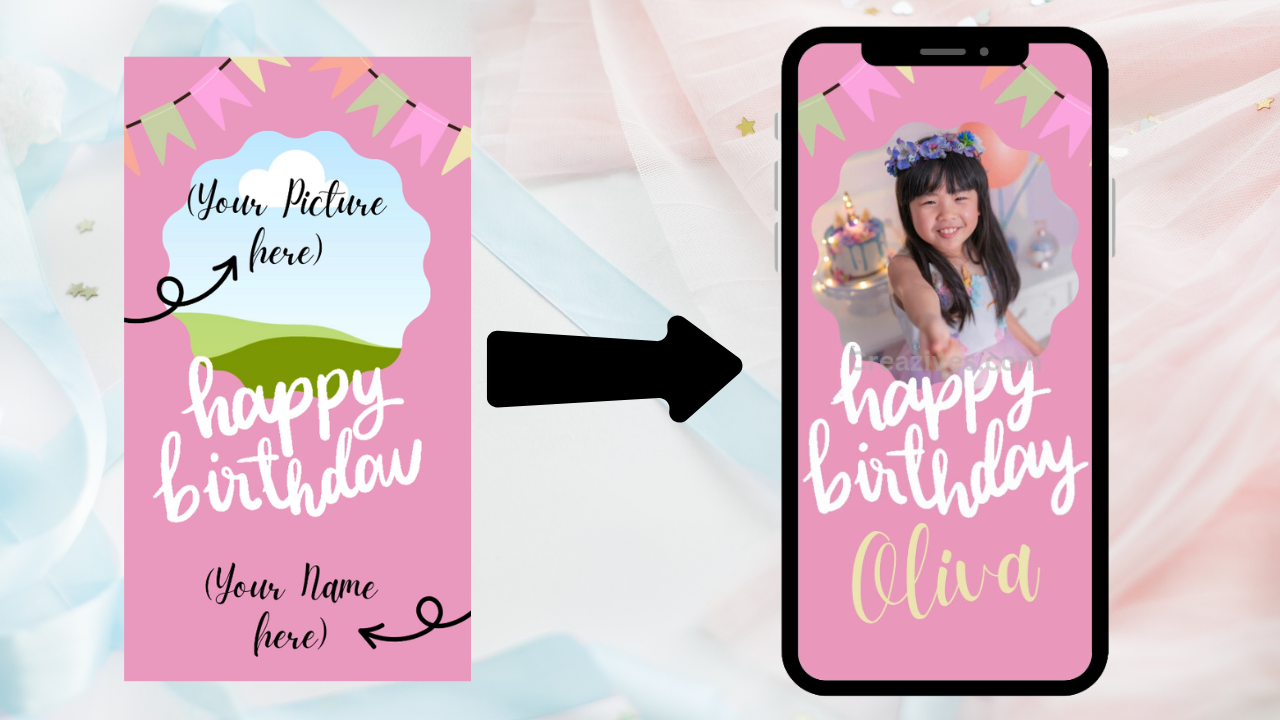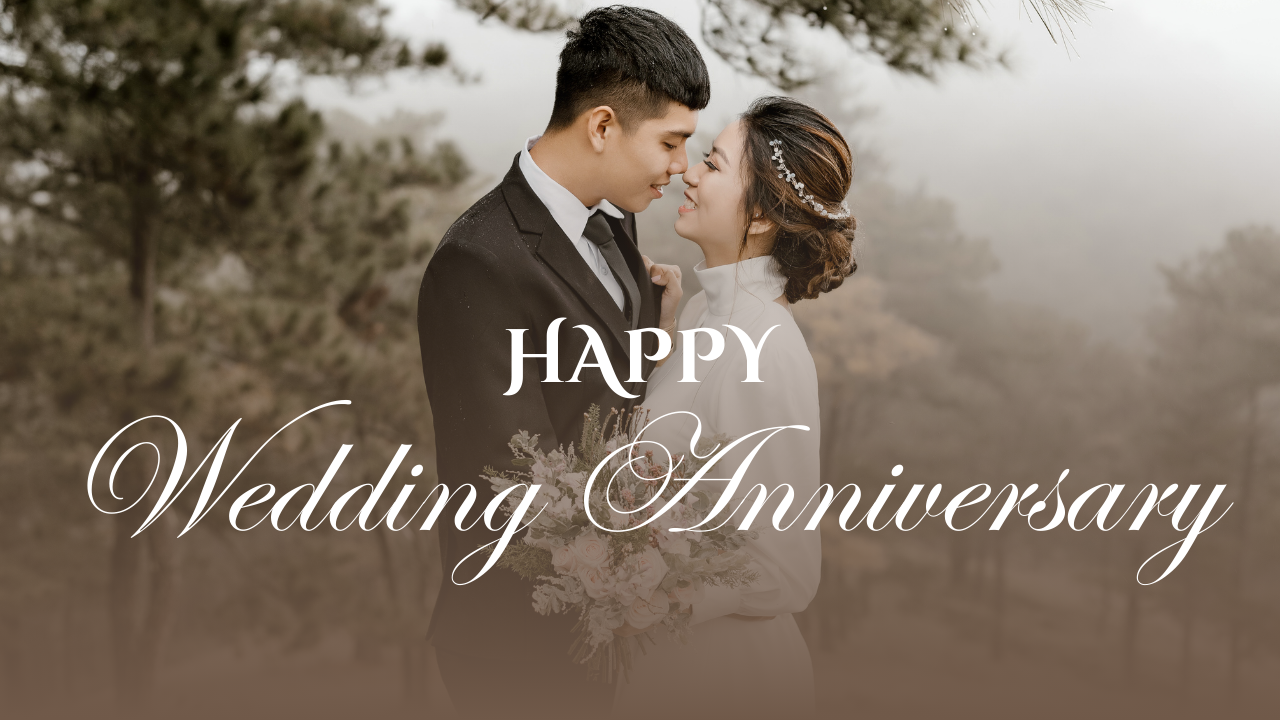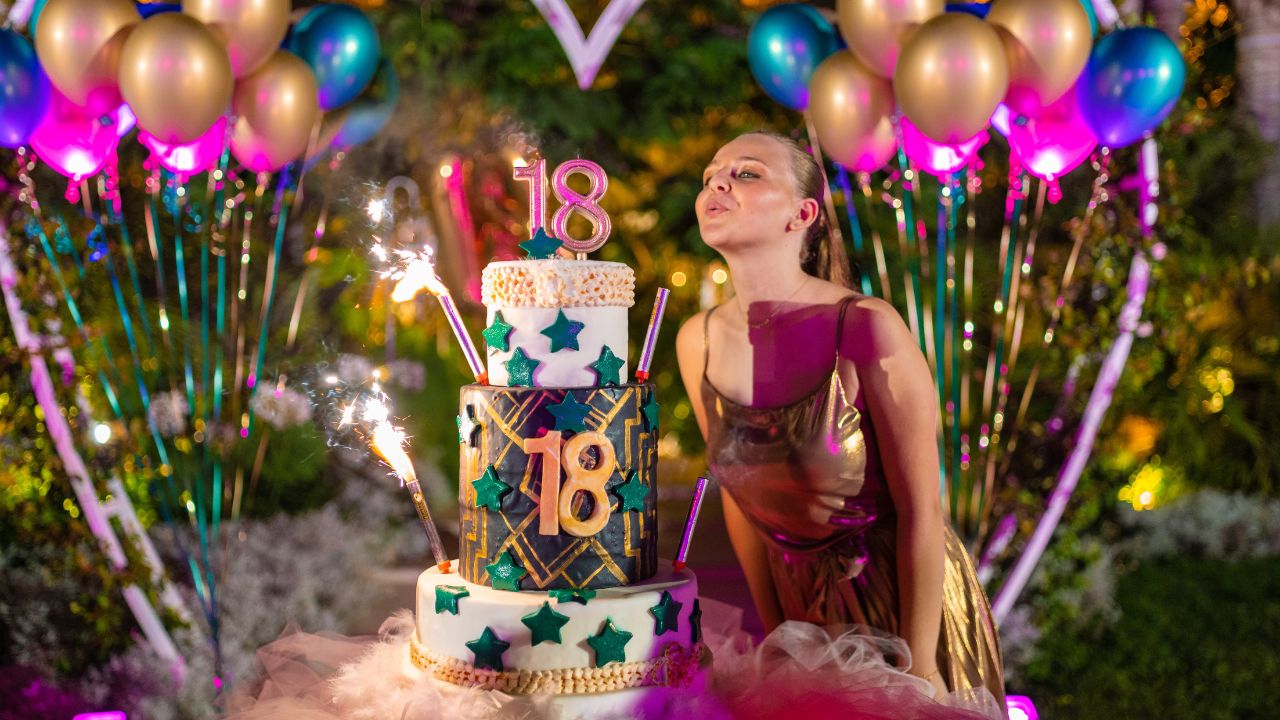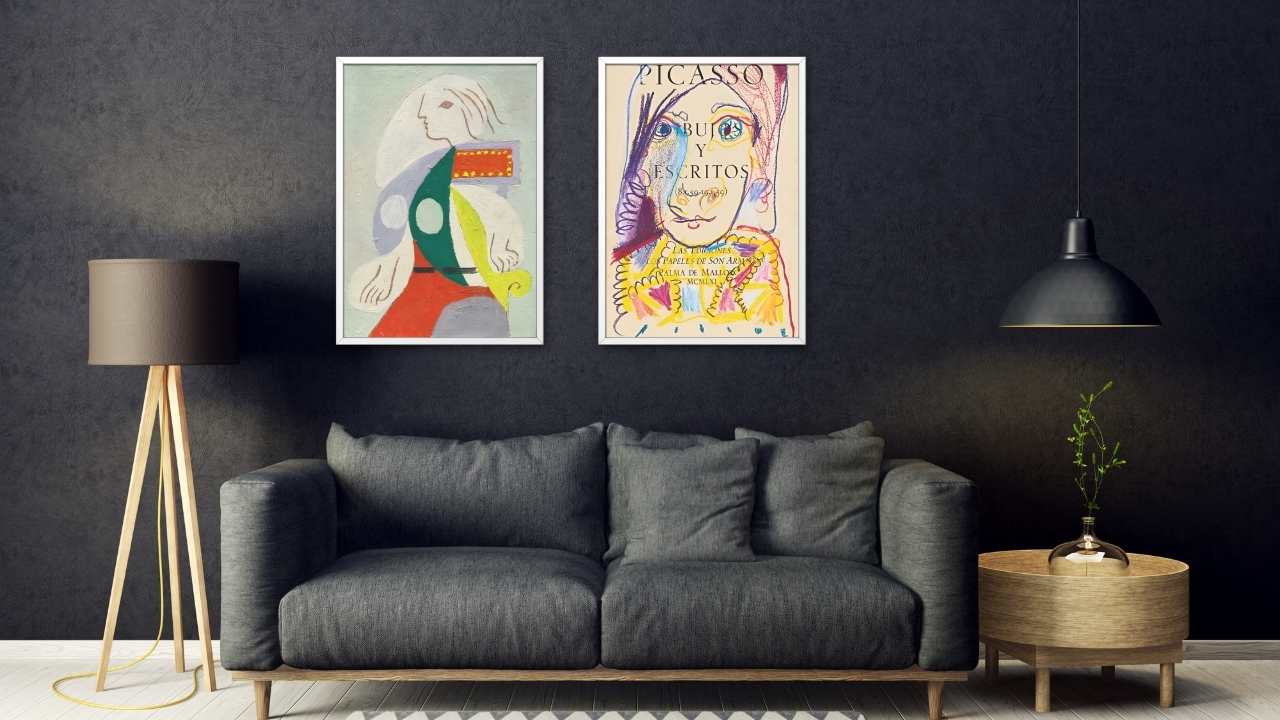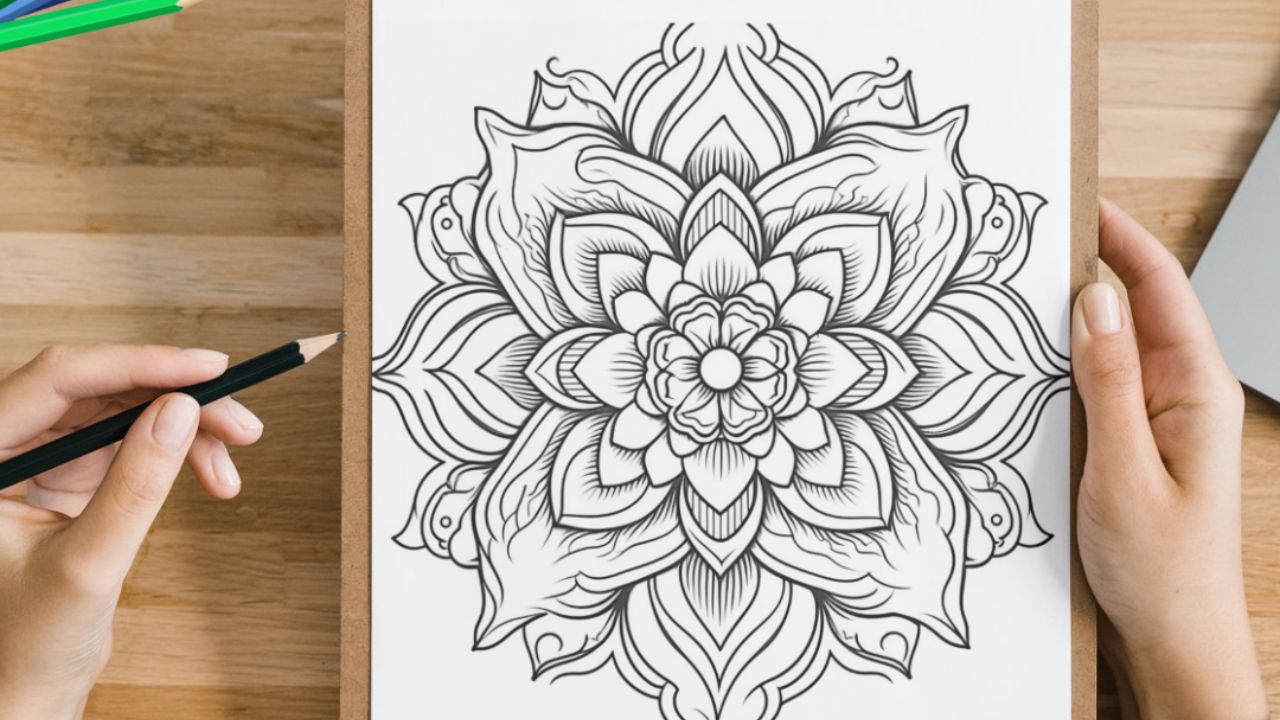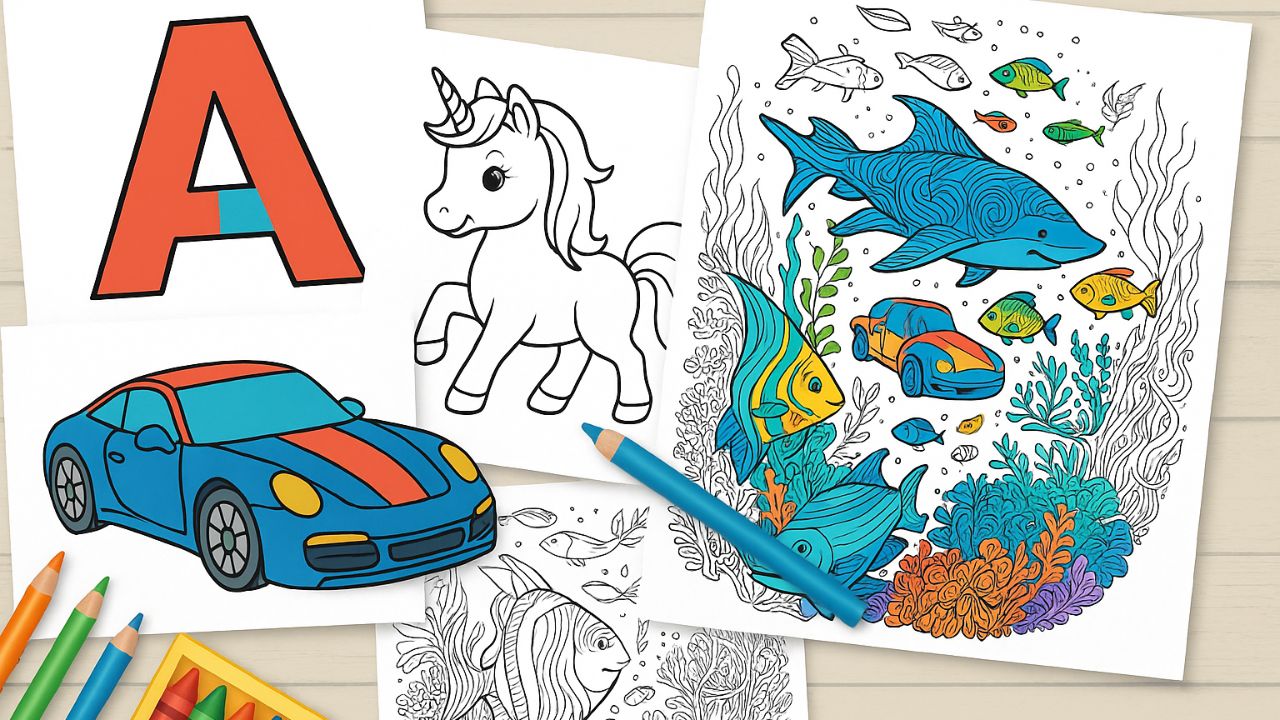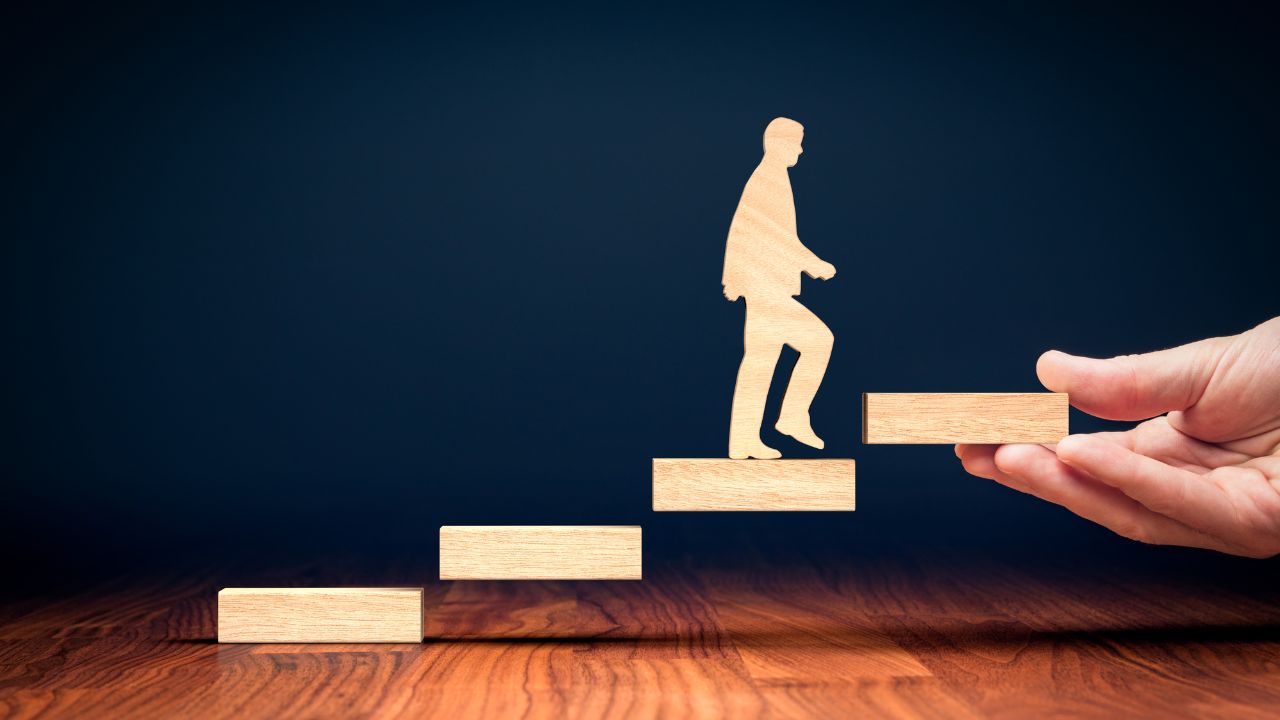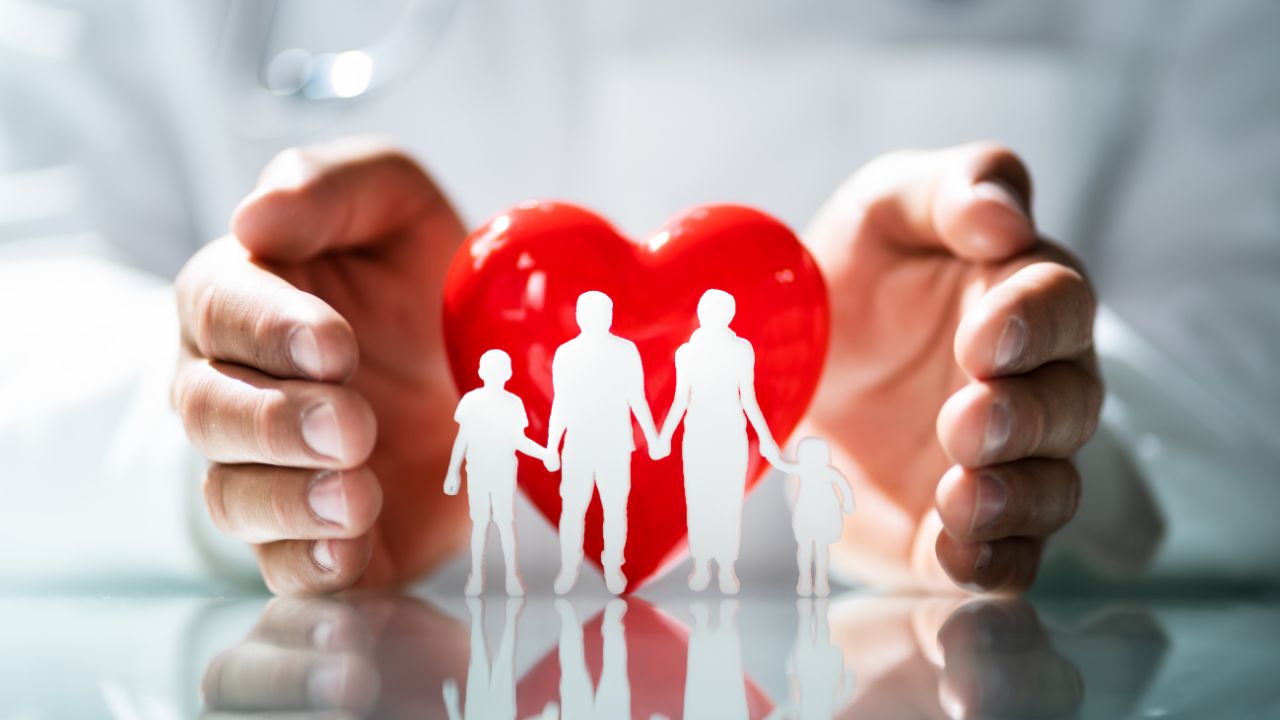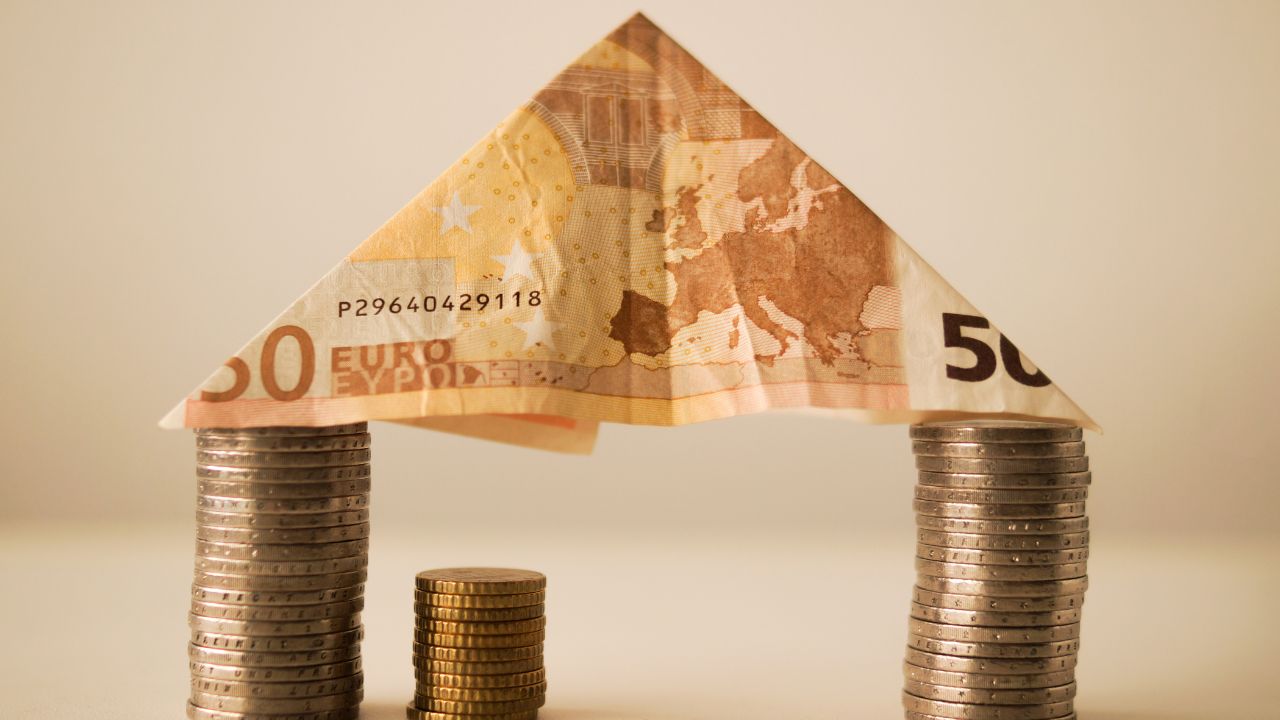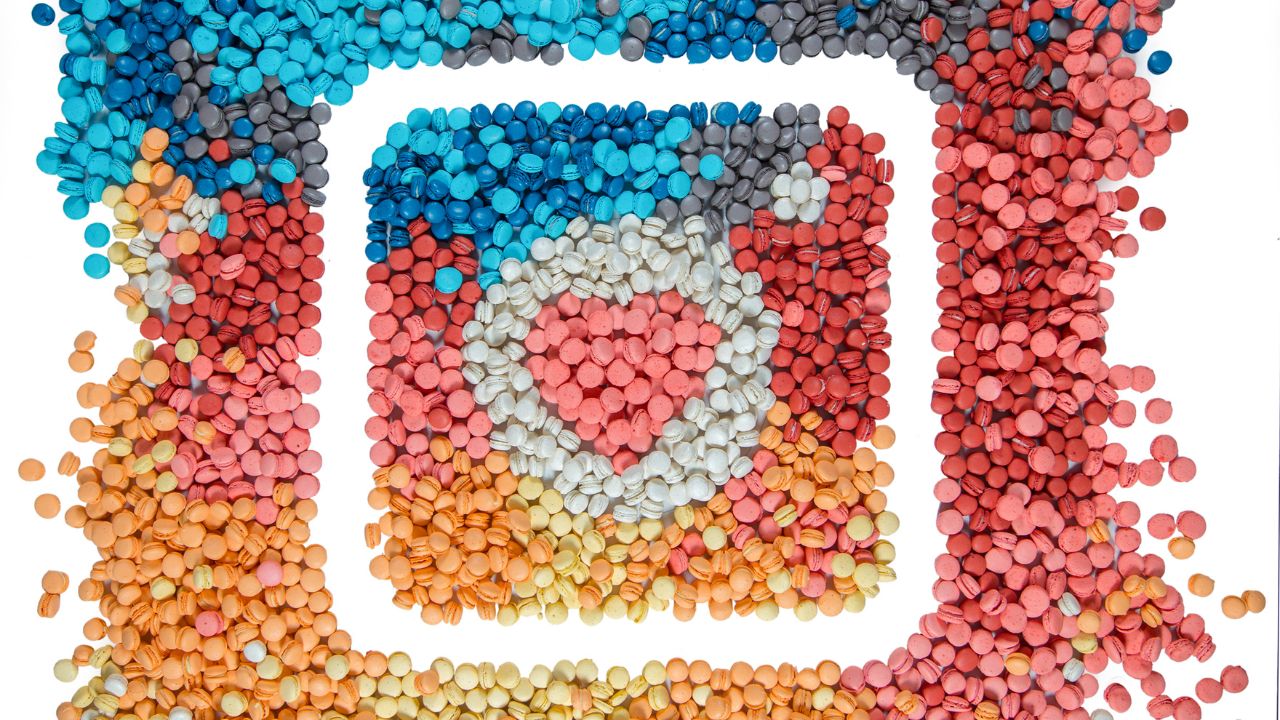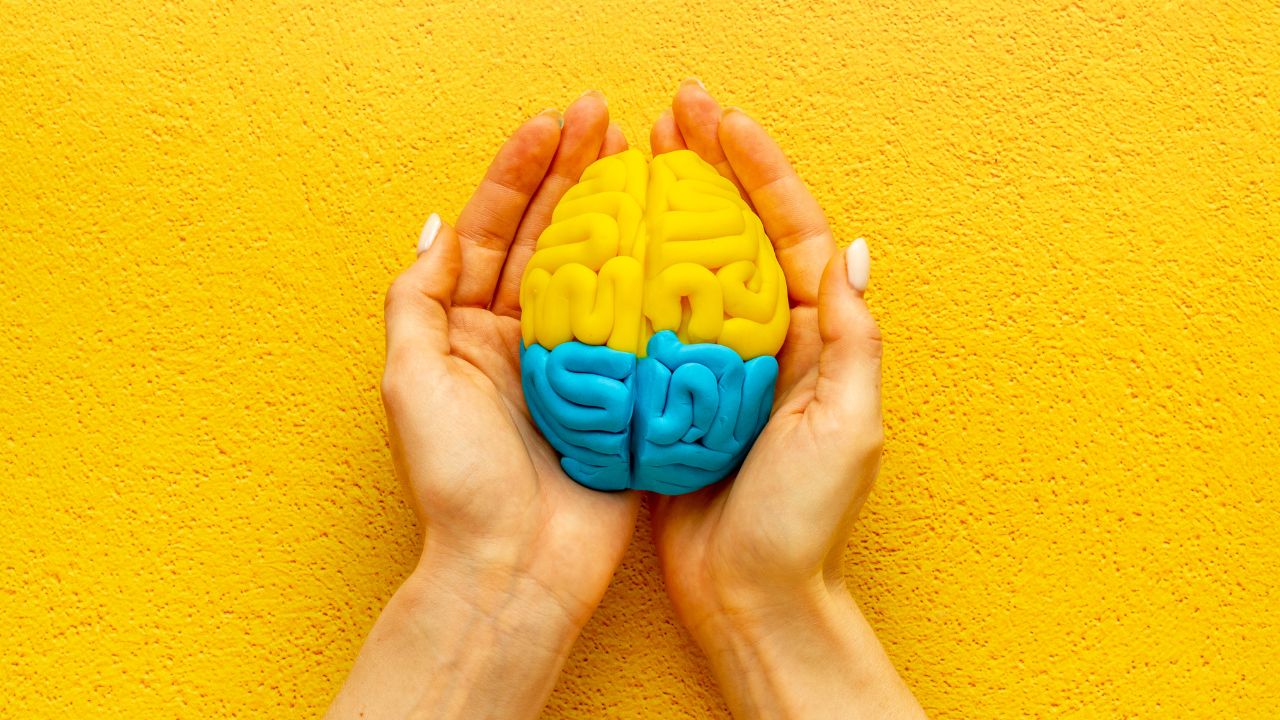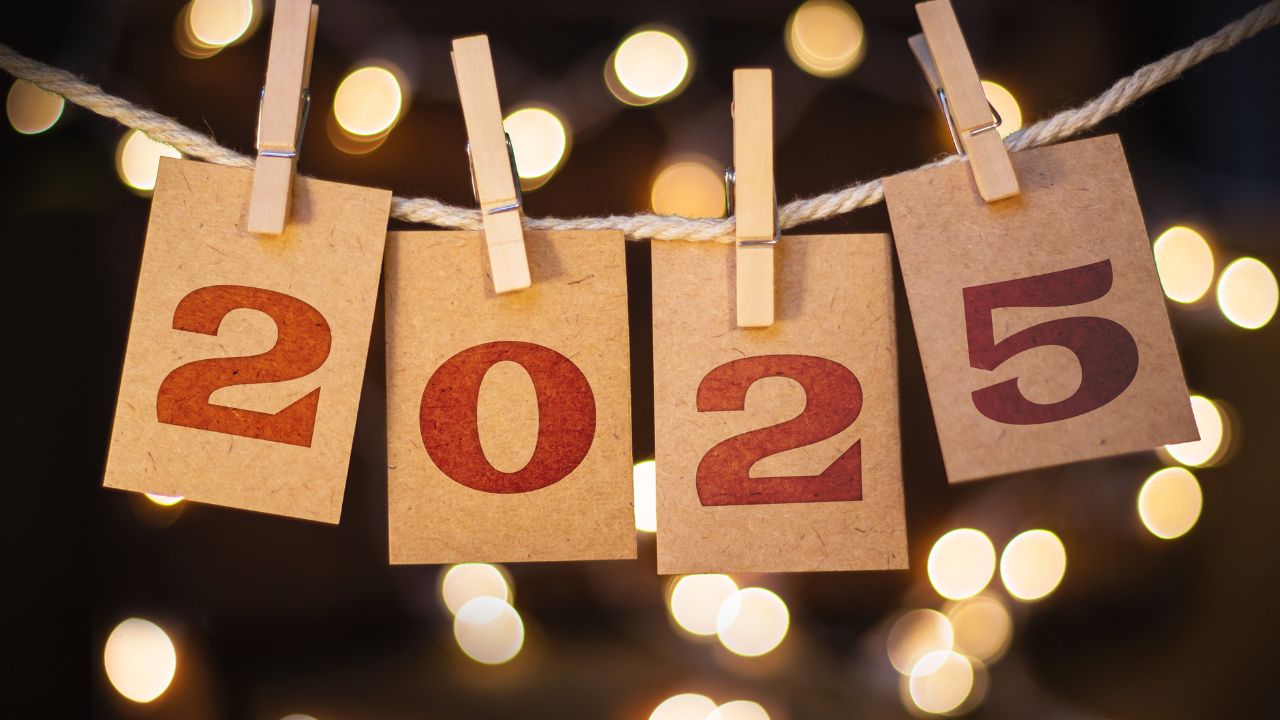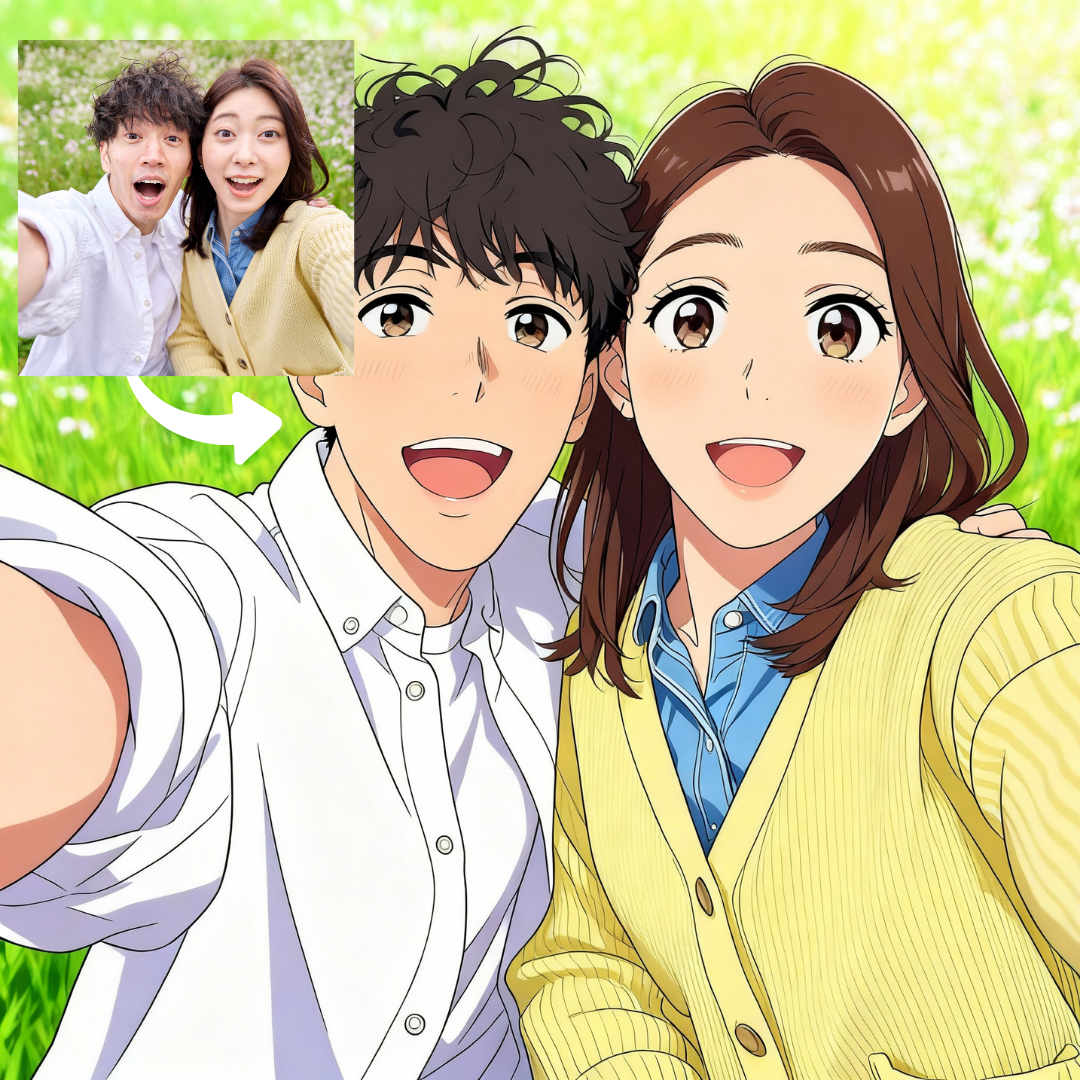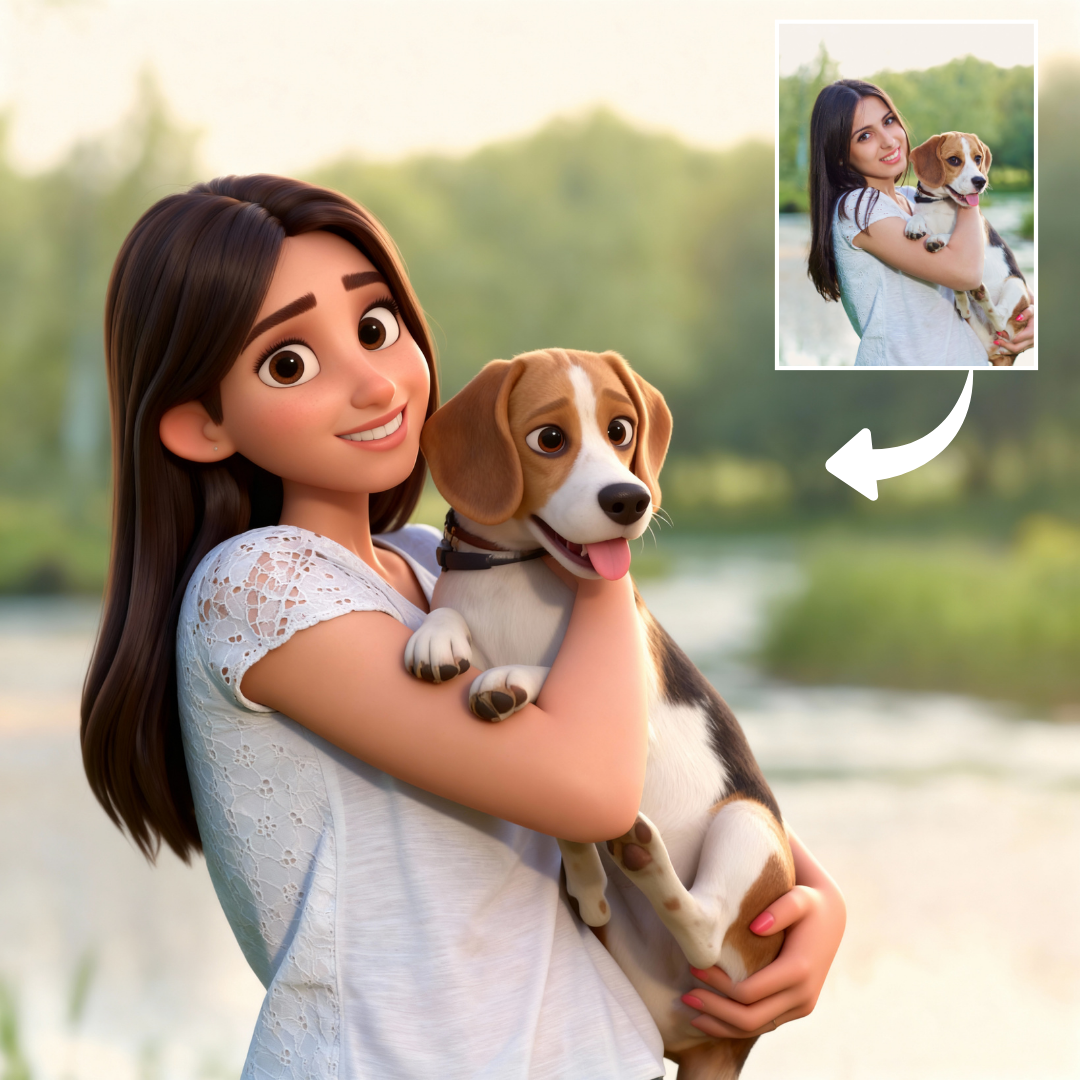Digital vs. Traditional Birthday Cards
Today we’re diving into a cosmic showdown: digital birthday cards versus the old-school, paper-and-ink traditional cards. It’s 2025, and the way we say “Happy Birthday” is evolving faster than a SpaceX rocket launch. Digital cards are sleek, instant, and eco-friendly, but can they match the soul-stirring vibe of a handwritten note you can hold? We’re peeling back the layers—convenience, cost, personalization, emotional punch, and even the planet’s fate. Stick around as we figure out which one’s the real MVP in this birthday battle. Spoiler: it’s not just about nostalgia or tech - it’s about what hits the mark!
-
Convenience
Digital birthday cards are highly convenient, allowing creation and sending in minutes from any device, without the need for physical stores or mailing. Platforms like Creazives exemplify this ease, with users able to schedule and send instantly.
Traditional cards require more effort, involving purchasing from stores like supermarkets or crafting, followed by mailing or delivery, which can be logistically challenging, especially for distant recipients.
Winner: Digital Cards
-
Cost
Digital birthday cards are often free, while premium features might incur small fees. Subscriptions, can be cost-effective for frequent use.
Traditional cards always have a direct cost, typically $5–$10 per card, plus postage. This makes digital cards more economical, especially for multiple recipients.
Winner: Digital Cards
-
Personalization
Digital birthday cards allow extensive customization, including photos, videos, animations, and personalized messages. Platforms like Creazives offer templates with high design flexibility, enhancing user creativity.
Traditional cards offer personalization through handwritten messages, which can feel more intimate, and can be crafted with unique designs if made by hand. However, store-bought options are limited by availability.
It's a Tie: Digital cards excel in design, while traditional cards offer a tactile, personal touch, as discussed in Thinking of You Week.
-
Emotional Impact
Research suggests traditional cards may have a stronger emotional impact due to their physical nature, eliciting excitement and anticipation upon receipt, as noted in Thinking of You Week. Studies indicate the limbic system responds more to tangible items, creating a deeper emotional connection.
Digital birthday cards can be visually appealing and interactive, potentially memorable for tech-savvy recipients, but may lack the same tactile connection. User preferences vary, with older generations often favoring traditional cards, as seen in discussions on Quora.
Winner: Traditional Cards (subjective, but generally supported by emotional response studies).
-
Environmental Impact
Digital cards are more environmentally friendly, reducing paper waste and deforestation. According to Environmental Paper Network, paper production contributes 2500 MTonnes of CO2e annually (8% of global emissions), while IT emissions are 860 MTonnes (2.7%). Switching to digital cards can save approximately 6 million trees yearly in the U.S., as per Tapni.
Traditional cards contribute to environmental degradation through paper production and waste, with Juicy Green Mom highlighting the impact of 1.3 billion holiday cards mailed annually in the U.S., equating to CO2 emissions powering 22,000 homes for a year.
Winner: Digital Cards
-
Longevity
Traditional birthday cards can be kept as physical mementos, often stored in boxes or displayed, offering sentimental value over time.
Digital cards can last indefinitely if backed up properly, but risk being lost or deleted, especially if not stored on cloud platforms. This balance makes longevity a tie, as both have potential for preservation, but in different forms.
It's a Tie: Both offer longevity, depending on storage practices.
Wrap Up
So, here’s the wrap-up, Earthlings: digital birthday cards and traditional cards are like Tesla vs. a classic Mustang - both have their horsepower. Digital wins on speed, cost, and saving trees—think instant delivery and zero paper waste. Traditional cards, though, pack an emotional punch, a tangible keepsake that lingers like a Martian sunset. It’s not a clean knockout; it’s your call based on what fuels your vibe—convenience or sentiment. Engagement’s the real prize here - toss in a poll, spark some chatter, and watch your site light up. In 2025, it’s less about picking a side and more about making it personal!




